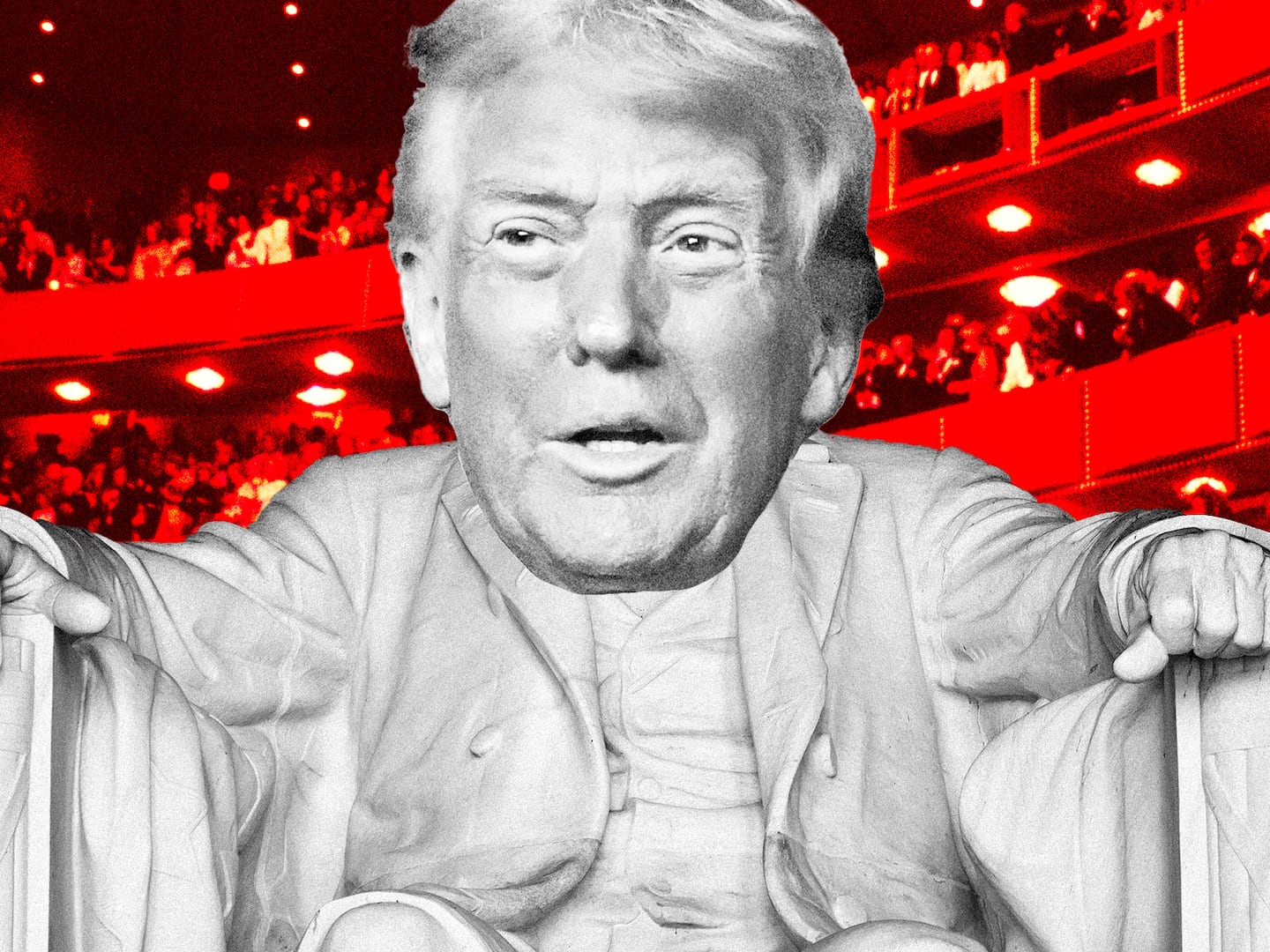“Not cool, University of Manchester. Not cool.” This was how Jeb Bush, former governor of Florida, responded to a 2018 story about a student union that had “banned” applause at its events. Students had argued that clapping might trigger anxiety among some audience members, and that there were less startling ways for people to show appreciation. Students were encouraged to instead use “ jazz hands”—the British Sign Language gesture for applause.
It may seem odd that such an eminent American politician felt compelled to comment on a minor decision by a handful of students thousands of miles away. In fact, former governor Bush was making a self-deprecating reference to his own excruciating experience of asking his audience to clap after a flat speech during his unsuccessful campaign for the 2016 Republican presidential nomination. But the joke was missed in the international media storm that blew up around the story. Overnight, Manchester University’s jazz hands became a cri de coeur among those who despaired at the character of the day’s youth (“What a Load of Clap” was a popular headline), without any hint of Bush’s irony (Piers Morgan tweeted “Britain’s losing its mind”). One professor opined that “it symbolises our culture’s slide into infantilised decadence, where enfeeblement is celebrated and learned helplessness indulged.”

It’s not just students in Manchester who have been the subject of such attention: Whenever similar incidents crop up, whether at U.S. political conferences or Australian schools, the furor is similar. The reason is that it provides a simple but vivid example of a complicated issue that is seen entirely differently by different groups. On one side, these sorts of measures are just a sensible attempt at the inclusion, in this case, of autistic people for whom applause, as the University of Manchester disability officer said, can feel like a bomb going off. On the other side, it’s a sign of a generation that is coddled in a way that will cause them to be utterly unprepared for the real world.
The clapping controversy is one, admittedly slightly ludicrous, example of the “culture wars,” which are most often presented as being waged between the “snowflake” young and the “out-of-touch” old. The culture wars are increasingly the prism through which we see generational differences, so it’s important to figure out whether we are experiencing a real sea change in the attitudes and beliefs of today’s youth.
The first point to recognize is that there is always tension between generations, and this is a good thing. We can think of it as a type of “demographic metabolism,” as outlined by the Canadian demographer Norman B. Ryder in the 1960s. Ryder regarded society as an organism where this metabolism makes change inevitable. As both Karl Mannheim and the French philosopher Auguste Comte concluded, social, political, or technological innovation would likely stall if we lived forever, as individuals get stuck in their ways. As Ryder says, “The continual emergence of new participants in the social process and the continual withdrawal of their predecessors compensate the society for limited individual flexibility. The society whose members were immortal would resemble a stagnant pond.”
Despite the benefits of generational change, it is a constant challenge for society to cope with this unending churn of membership, and, as Ryder put it, “the incessant ‘invasion of barbarians.’” Although this may seem like a harsh description of our delightful children, Ryder means that each new entrant is, by definition, not “configured” to the attitudes and behaviors of their parents’ society. Traumatic shocks, like wars, economic crises, or pandemics, may utterly change the direction of new generations in their formative years, but there is always cultural tension between generations. As Ryder says, we are “pulled apart gradually by the slow grind of evolutionary change.”
This is also the impression we get when we look at the actual data: There have been some incredible changes in our cultural attitudes over the past few decades, but this did not start with the arrival of Millennials or Gen Z. Instead, we can see that there is often not a great deal of difference between generations, except for the oldest. High-profile examples of extreme views and behaviors on both sides of the generational divide are amplified, but they do not reflect a break across generations as a whole. Rather than a cohort effect, this looks more like a period effect, where the greater polarization in society today sensitizes us to differences.
More than this, painting whole generations of young people as battling for “social justice” misses the fact that less “progressive” values persist among significant minorities of them. Generational analysis is to some extent part of the problem, as it can give the impression of an unstoppable march toward greater liberalism. In reality, cultural change is neither smooth nor unidirectional. Social values change as a result of a constant and messy struggle both between and within generations, and a fuller understanding of cohort, life cycle, and period effects is vital.
Generational effects are essential to understanding culture change, but the gaps between today’s youth and most other generations are not as large or unusual as they are often portrayed. Of course, we shouldn’t downplay the differences entirely; there are important distinctions, and they show up most on emergent issues, as we would expect. For example, support for the BLM protests is roughly twice as high among the youngest compared with the oldest age groups, and in the UK, the young are roughly twice as likely to be “ashamed” of our imperial past than older groups. But these gaps are no different in scale from those between the Prewar generation and Baby Boomers on race. Even on gender identity, the “cultural warrior” label is a poor fit for large sections of the young, and other characteristics have a stronger effect on their views.
Once again, our tendency to focus on one explanation for change hides a richer and more complex reality. Life cycles are important, and we do seem to shift our position on issues like immigration as we age. Period effects also have a say, for example, in moving all generations’ views of women’s roles in the United States in the 1990s against what looked like a solid generational tide.
Perhaps most importantly, greater division across society as a whole, driven by polarizing politics and social media environments, has sensitized us to high-profile but unrepresentative examples of “woke” and “unwoke” behavior. People of all generations are identifying more with their own group and differentiating themselves more from “other” groups, which leads us to focus on behaviors that attracted less attention in the past. The “war on woke” seems to be more driven by this change in the general environment than by a distinct break in the attitudes of our current generation of young people. By exaggerating differences, we are in danger of falling into a behavior that we claim young people today are guilty of: “catastrophizing.”
Overly simplistic generational analysis is part of the problem. Generational replacement is a key driver of cultural change, with older generations being replaced by cohorts socialized in very different times. However, this can give a false sense of certainty; we need to remember the power of shocks that can change our trajectory and life-cycle effects that return younger generations to well-worn paths. Generational trends are also sometimes wrongly translated as “mission accomplished,” which skirts the fact that less liberal attitudes persist in significant minorities of younger generations and that inequalities persist.
Excerpted from The Generation Myth: Why When You’re Born Matters Less Than You Think by Bobby Duffy. Copyright © 2021. Available from Basic Books, an imprint of Hachette Book Group, Inc.






